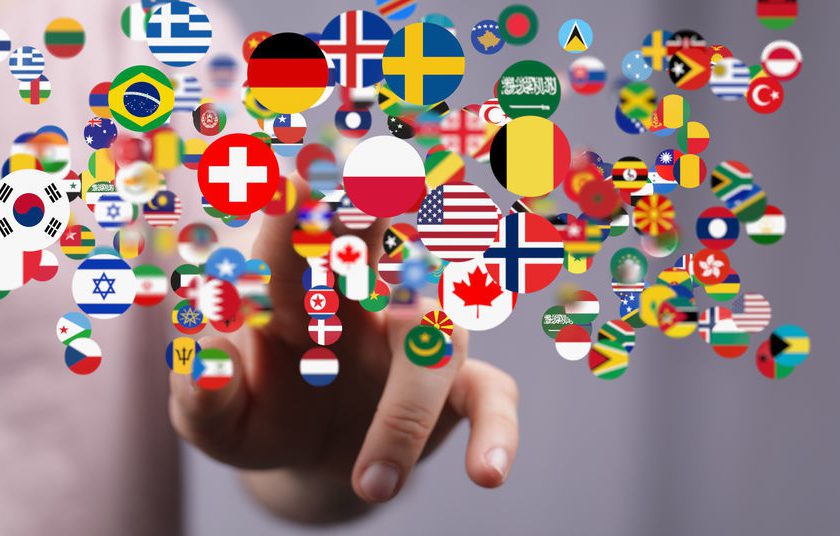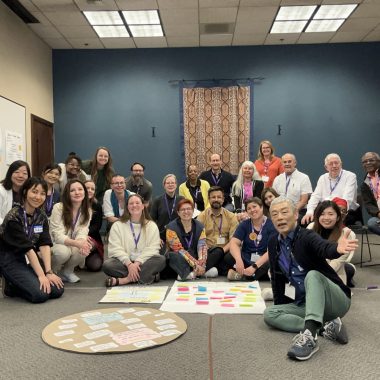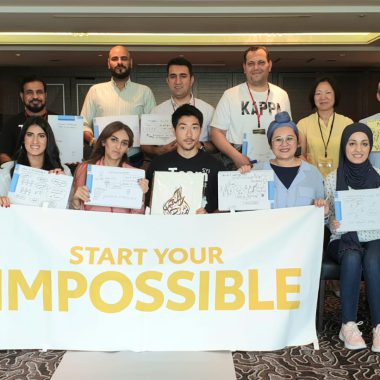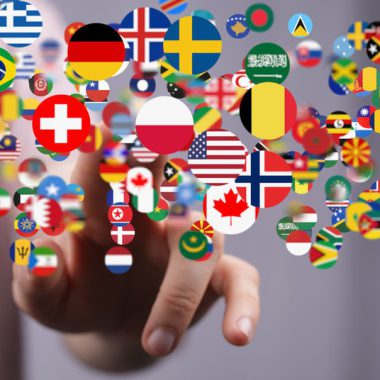This post is also written in the following language:
![]() 日本語 (Japanese)
日本語 (Japanese)
We are often asked to deliver training programs in Japan that are shared around the world by major multi-national companies. For example, a company headquartered in the U.K. is in the process of developing the same leadership training program for its global leadership team, and we deliver facilitation for the program in Japanese or English to the leaders of the Japanese subsidiary.
In this case, the process of understanding the original content and learning how to go through the program is required before the training delivery
In some cases, we may also need to localize the original training program for the Japanese environment or translate the training materials into Japanese.
Localization and translation in this case is a key aspect to ensure the quality. Because no matter how excellent the original program is, if the localization or translation is not appropriate, the quality of the training will be greatly compromised.
Here is how we are involved in such localization and translation work.
Various ways to localize and translate
Firstly, the language for delivery is decided to be following ways.
‣The training program is basically conducted in Japanese.
‣The training program is basically conducted in English.
The local delivery that Knowledge Signs undertakes is basically the former one. Most of the time it is conducted in Japanese, but sometimes it is conducted in English. Even if the program is conducted in Japanese, in the case that includes English speaking participants, the program would be conducted in Japanese and English mixed .
As for training materials, There are two ways.
‣Training materials is used in original English description.
‣Training materials is translated into Japanese-language.
The former is more common, that being said, as the instructor speaks Japanese, it’s virtually oral translation. If it is difficult for Japanese participants to read it, we translate the materials into Japanese.
Withe regards to the program content, there are following 2 ways.
‣We deliver the exact same program as the original program.
‣We modify the original program tailored to Japanese business environment to some extent.
Mostly we are offered to use the universal program as intact, but as a result, we often do so called “Localization”, modify the program in some part to adjust to Japanese business culture or local industry situation.
Since the differences in business practices between Japan and other countries are so great, the value of the original program may be compromised if the original program is left as it is, or the important message is not conveyed properly.
Therefore, to fulfill our responsibility to ensure the quality of local delivery, we often modify the content to suit the Japanese business climate, while satisfying both the original content provider and the local site.


Localization requires affluent knowledge about local market trait and business culture, and higher capability to design total process of the training program.
The most common localization in this case is the replacement of cases. If a case study is unfamiliar to the Japanese market, it may be replaced with a similar case study actually seen in Japan.
In leadership development, as the key methods and tools are common across the world, it doesn’t need to adjust to local situation. However, when it comes to sales skills training, differences in business practices have a significant impact on the content, so the theories and methodologies introduced in these courses are likely to be modified to fit Japanese business practices.
This localization process is very difficult, and requires knowledge of the industry and a variety of skills and experience, as it must be modified for the participants to accept, while maintaining the key substance and value of the original program.
Localization itself is a major facilitation challenge.
Knowledge Signs proposes the most appropriate localization method based on deep understanding of objectives and intentions the original program, as well as the local situation.

How to translate into Japanese
The most important thing when translating is to make sure if it’s understandable and acceptable for the participants. The decision should be based on what is easier for the participants to understand and accept. It is not what is correct translation.
In other words, what do you want the participants to understand in that part of the presentation? What message do you want them to resonate with? We need to think about this from the participant’s perspective at the training and replace it with the appropriate wording.
In addition, a variety of nouns appear in training materials. Some are common nouns, some are proper nouns. In the training materials, we often see many common coined words appear abruptly without any prior explanation.
When we translate a certain nouns, we have two options.
‣To replace a noun with a meaningful word so that the meaning can be easily understood.
‣Treat them as symbols and use them as they are without translation.
For example, how should we translate “Challenger sales” as a sales style?
It is very difficult to replace with a certain meaningful Japanese words. Meanwhile, the definition of “Challenger sales” is subtly different depends on the training program. So, we use “Challenger sales” intact as a symbol. Instead we add the explanation “We define it as …., on this context.”
We don’t have to stick to replace with an appropriate Japanese word one by one. How to explain the meaning in Japanese for the participants to understand easily is the most important.
In translation process, we carefully decide which parts should be translated faithfully? which parts should be translated so that the meaning is understood? what kind of expression should be used?
Therefore, when outsourcing the local delivery of a training program to be rolled out globally to a local site, you should find the best partner that can make solid proposals on how the training content should be handled according to the local circumstances.















